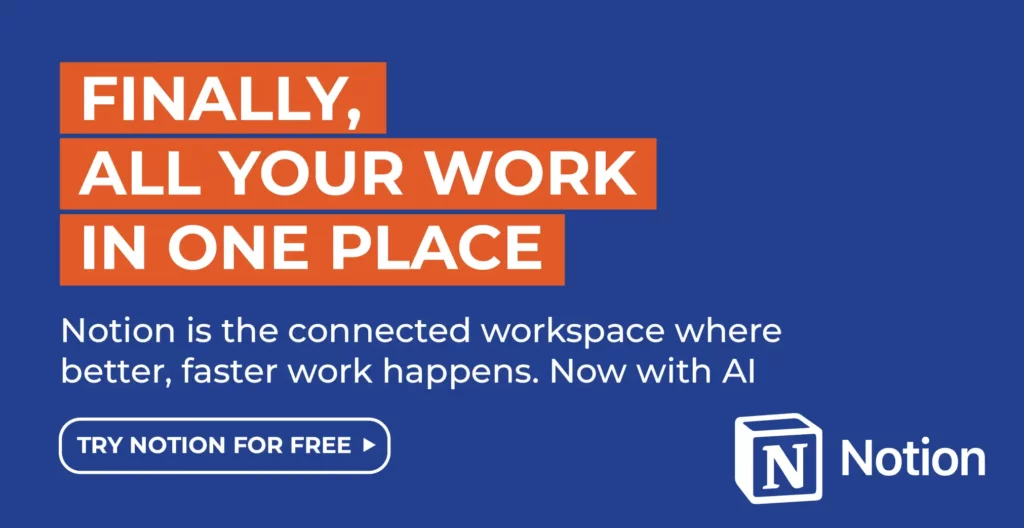Managing payroll can be a challenging task, but QuickBooks makes it simpler. Here's a straightforward guide to help you effectively manage payroll using QuickBooks. We'll cover setting up payroll, managing employee information, processing payroll, handling taxes and deductions, and troubleshooting common issues. For a more comprehensive understanding of HR practices, consider exploring top HR courses that complement your payroll skills and enhance overall efficiency.
Essential Steps for Setting Up Payroll in QuickBooks
Using HR tools like QuickBooks can certainly lift heavy workloads. Here’s how to do it.
1. Setting up payroll in QuickBooks
Step 1: Activate payroll
- Open QuickBooks and go to the Payroll section.
- Choose the payroll plan that fits your needs and follow the instructions to activate it.
Wondering if it’s the right tool for you? Check out this QuickBooks review.
Step 2: Set up company payroll information
- Enter your company's payroll information, such as bank details and payroll schedule.
- Ensure all details are accurate to avoid any issues later.
2. Managing employee information
Step 1: Add employees
- Go to the Employees tab and select Add Employee.
- Enter the employee's personal information, job details, and pay rate.
- Save the information.
Step 2: Keep employee records updated
- Regularly update any changes in employee information, like address or pay rate, to ensure accuracy.
3. Processing payroll
Step 1: Enter work hours
- Go to the Run Payroll section.
- Enter the number of hours each employee worked for the pay period.
Step 2: Review and confirm payroll
- Review the payroll summary, including hours worked, pay rates, and deductions.
- Confirm that all details are correct before finalizing the payroll.
Step 3: Issue payments
- Choose the payment method (direct deposit or check).
- Click Submit to complete the payroll process.
4. Handling taxes and deductions
Step 1: Set up tax information
- Enter your federal, state, and local tax details in QuickBooks.
- Ensure all tax rates and information are correct.
Step 2: Calculate and withhold taxes
- QuickBooks automatically calculates taxes based on the information provided.
- Regularly review tax withholdings to ensure they are correct.
Find out why automation is the way to go for HR professionals.
Step 3: File and pay taxes
- Use QuickBooks to file tax forms and pay taxes.
- Set reminders for tax deadlines to avoid penalties.
5. Troubleshooting common issues
Issue 1: Incorrect employee information
- Double-check employee records and update any incorrect information.
- Re-run payroll if necessary to correct any errors.
Issue 2: Payroll calculation errors
- Review payroll settings and employee pay details.
- Contact QuickBooks support if you cannot identify the error.
Issue 3: Tax filing issues
- Ensure all tax information is up-to-date.
- Verify that tax forms are filled out correctly before submission.
Aside from using the best tools to streamline your work, ensure that you have these 5 important HR skills.

Recommended Course for HR Payroll
Payroll The Easy Way
"Payroll The Easy Way" is designed for beginners to learn payroll essentials, including QuickBooks Online training. The course covers key payroll legislation, setting up employee records, performing payroll calculations, and creating journal entries. By the end, you'll have the skills to handle payroll for a business or work as a payroll professional.
This course excels with its practical, real-world approach. You'll get hands-on experience using QuickBooks Online in a free testing environment, making it easier to apply what you learn. The lessons are concise and easy to follow, perfect for beginners.
I love the emphasis on learning by doing. The course includes practical assignments and Excel practice sessions to master complex payroll calculations. Plus, the ability to practice with QuickBooks Online without extra costs is a major benefit.
Who is this course for?
Ideal for beginners and small business entrepreneurs, this course requires no prior knowledge. Whether starting a career in payroll or managing your business's payroll, "Payroll The Easy Way" provides essential training to build a strong foundation in payroll management.
Enhance your HR activities with the Notion app, perfect for managing employee information, tracking payroll tasks, and staying organized. Streamline your processes and boost efficiency by integrating Notion into your HR toolkit today.
TAKE THIS COURSE
Frequently Asked Questions
1. What do I need to start using QuickBooks for payroll?
You'll need a QuickBooks subscription and basic company information. Ensure you have employee details and bank information ready.
2. How do I set up payroll in QuickBooks?
Go to the Payroll section in QuickBooks, choose a payroll plan, and follow the prompts to enter your company and employee information.
3. Can I manage taxes and deductions with QuickBooks?
Yes, QuickBooks automatically calculates and withholds taxes. It also helps you file and pay taxes on time.
4. Does QuickBooks handle direct deposit payments?
Yes, QuickBooks can process direct deposit payments for your employees. You just need to set up direct deposit within the payroll settings.
5. What if I encounter issues with payroll calculations in QuickBooks?
- Double-check your payroll settings and employee details: Ensure all information is accurate; incorrect details can cause errors.
- Contact QuickBooks support: They can assist with troubleshooting and resolving persistent issues.

Key Takeaways
Encouraging HR professionals to learn QuickBooks can significantly streamline payroll processes and ensure accuracy in financial management. By mastering QuickBooks, HR teams can manage employee information, handle payroll calculations, and comply with tax regulations efficiently, ultimately contributing to a more organized and effective workplace.
For comprehensive training, sign up for Skill Success All Access Pass. This pass provides unlimited access to a vast library of courses, including QuickBooks training, to help you and your team gain the skills needed to excel. Sign up today and take the first step towards mastering payroll and other essential HR functions.

